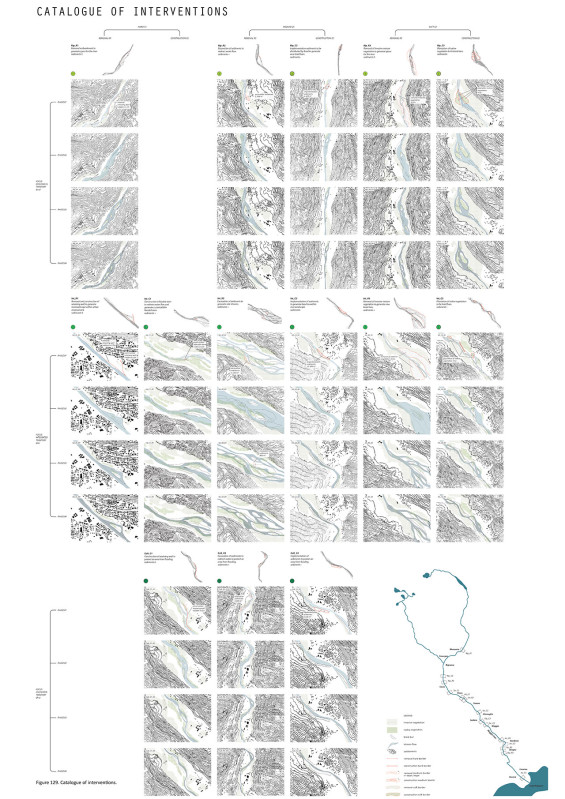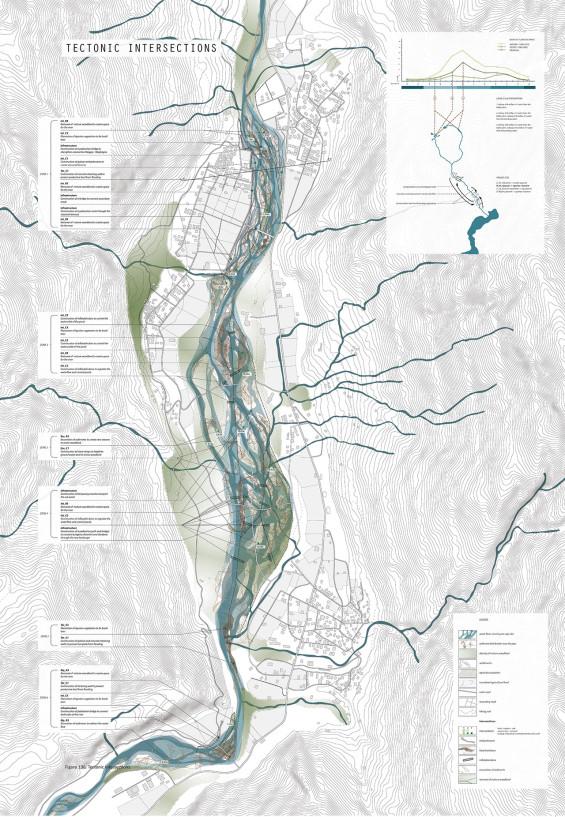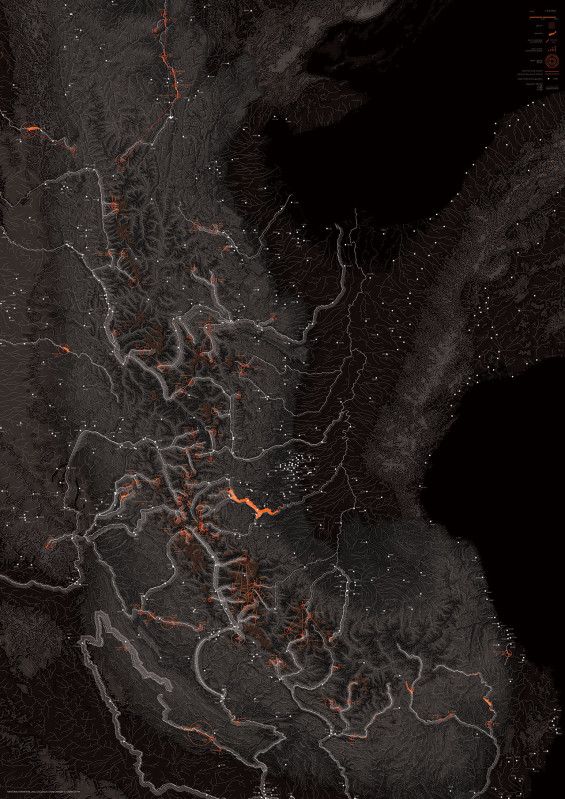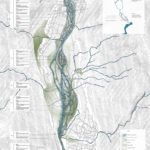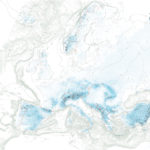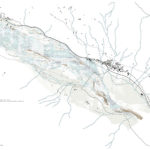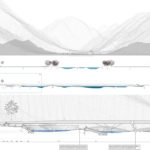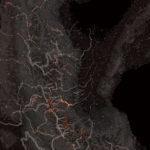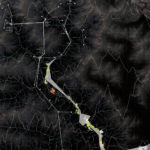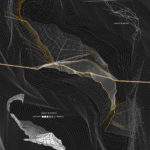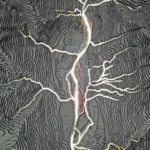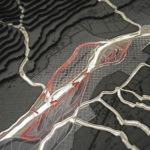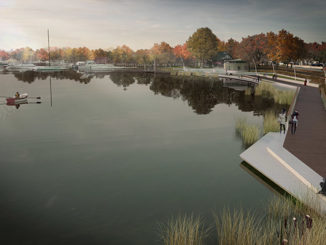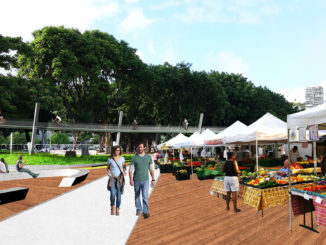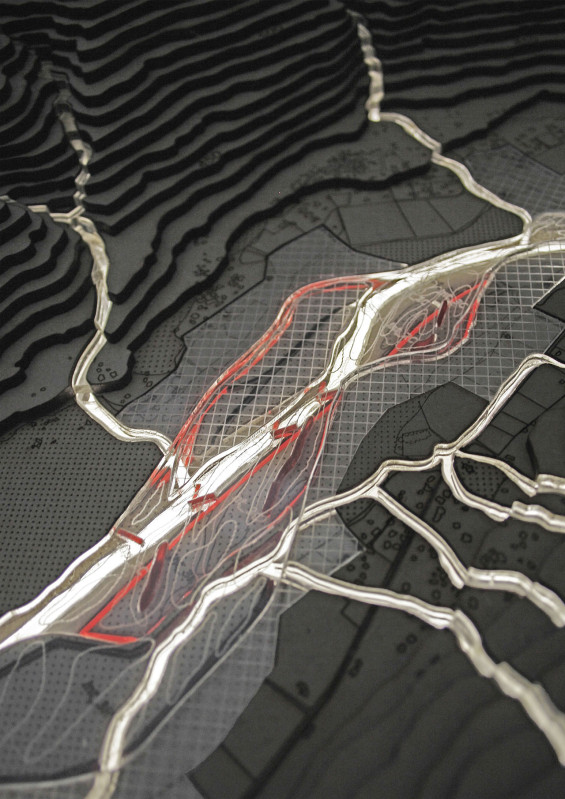
Mountain landscapes have been subjected to a relentless conflict between conservative-picturesque attitudes and economic exploitation approaches. The project proposes a strategy that understands the river as a water-sediment management machine that choreographs newly manufactured riparian landscapes in order to put forward a decision-making mechanism to face the conflicting perspectives with existing social formations.
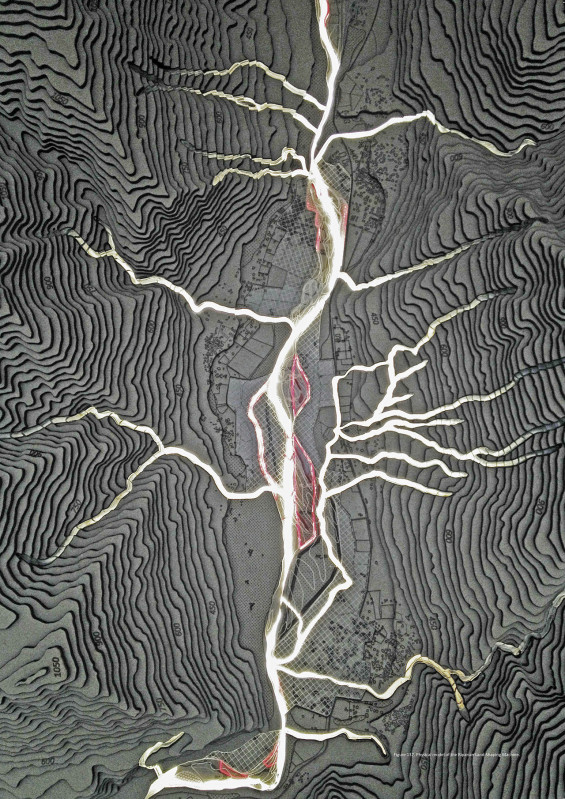
Mountain rivers constitute the core of European water resource. In the last century, in order to exploit that, many human interventions transformed these territories. One of the most radical and controversial is the implementation of hydropower networks throughout Europe, with the largest ones located in mountain areas.
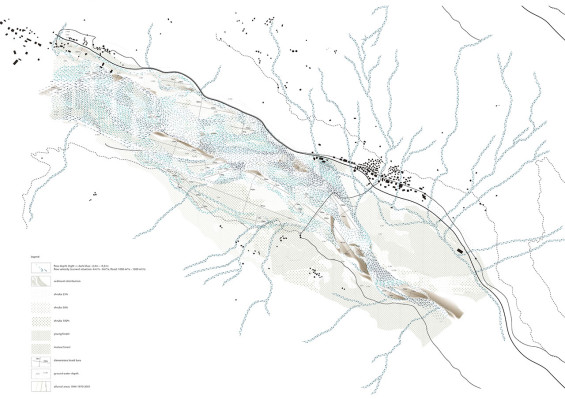
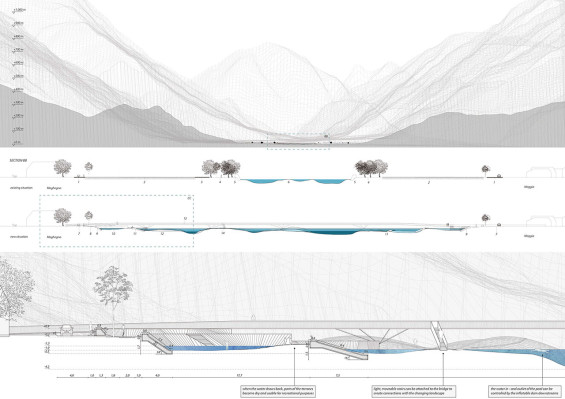
The Pan-European Atlas of water source emphasizes two critical features that need to be taken in account in this proceeding. Firstly, the future climate change represents a remarkable challenge whose effects will radically turn the entire hydropower notion and enforcement, secondly, the role of national boundaries drastically limits a common European engagement.
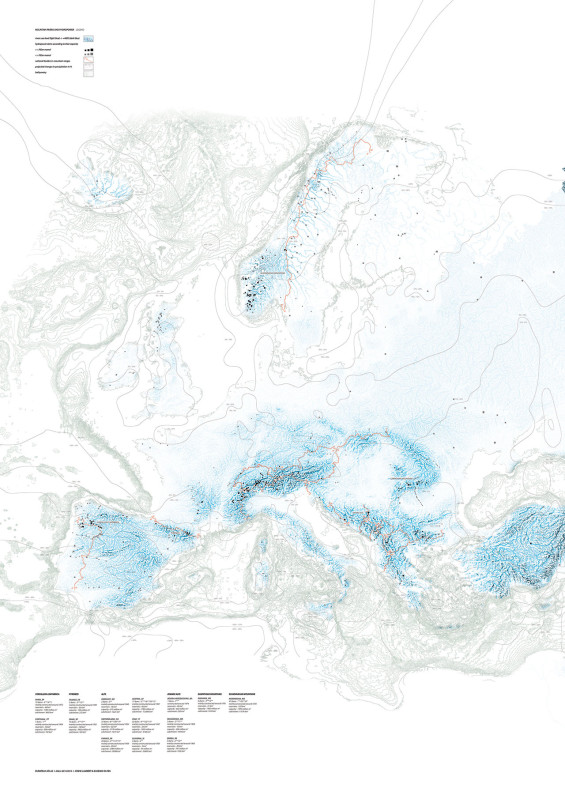
More than others, the Alpine territory clearly states a conflictual condition in which seven different national policies read and deal with one single system. From a more local perspective the water management also deals with complex specific conditions. The primary security requirement against flooding hazards, the conservation of the traditional economical and social organizations within an infrastructural urbanization tendency, with the related consistent shifts in the amount of population, and the claims of mass tourism as the dominant economy portray the fascinating complexity of mountain territories. Furthermore these conflicts are inscribed in a framework whereas aesthetic categories of sublime and picturesque on one hand and techno-infrastructural efficiency on the other enhance opposite approaches to the territory.
The intent of the project is to provide a model through which the mentioned changes both in geomorphological and social processes could be faced. The establishment of a dynamic and temporary management of land uses and ownerships is the main effect produced by a river landform capable, as sediments machine, to engage the dynamical variation within seasonal and long term time frames. Moreover the project proposes a series of small punctual interventions whose substantial consequences along the river don’t rely on a mere ecological value restoration but widely involve the various human activities, from agricultural and industrial production to tourism processes.
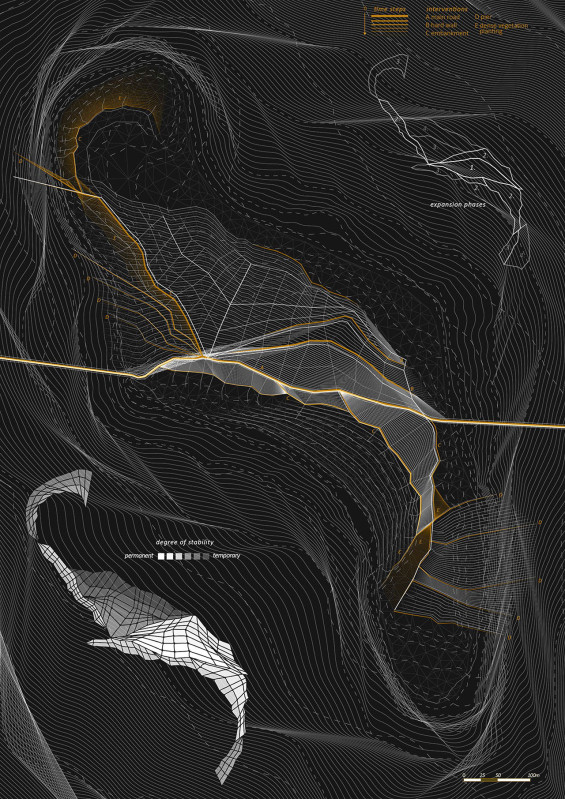
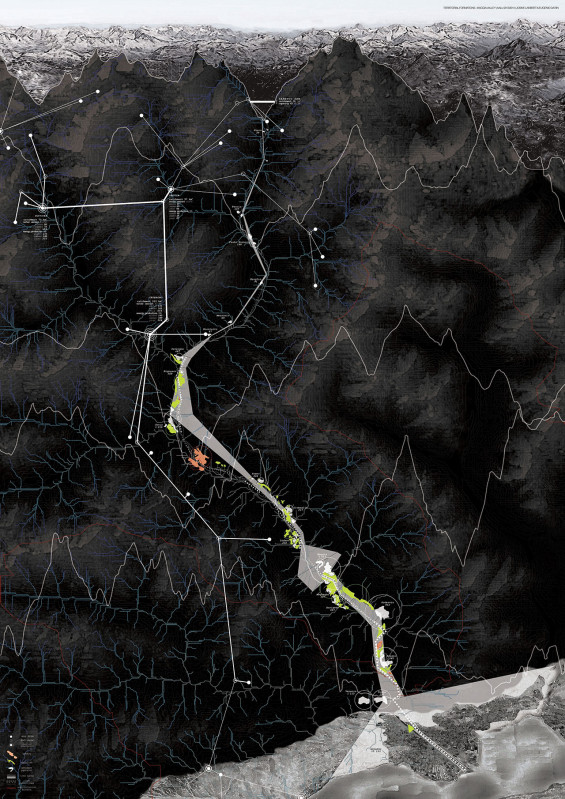
In fact many initiatives and projects on mountain river restorations in the European context have already been experimented, but their purposes is limited just to the implementation of the ecological resource by the current rigid structure and concept about land expropriation and fixed uses. Accordingly the local populations in terms of residents, farmers and corporations are not encouraged to give up their productive lands. The ongoing Ahr river restoration project in South Tyrol (Italy) represents an emblematic case study.
An alternative is needed that comprises a diverse territorial configuration through which social, economical and environmental benefits can be achieved. Therefore from a landscape urbanism perspective the project advances possible guidelines which from the valley scale to the Alpine one engage the ordinary layout in order to deal with the consistent challenges mountain territories are passively suffering.
Image Gallery
The Riparian Land-Shaping Machine
Location | Valle Maggia, Switzerland
School | Architectural Association School of Architecture, London (UK)
Landscape Urbanism MA 2013/2014
Students | Eugenio Da Rin, Josine Lambert

